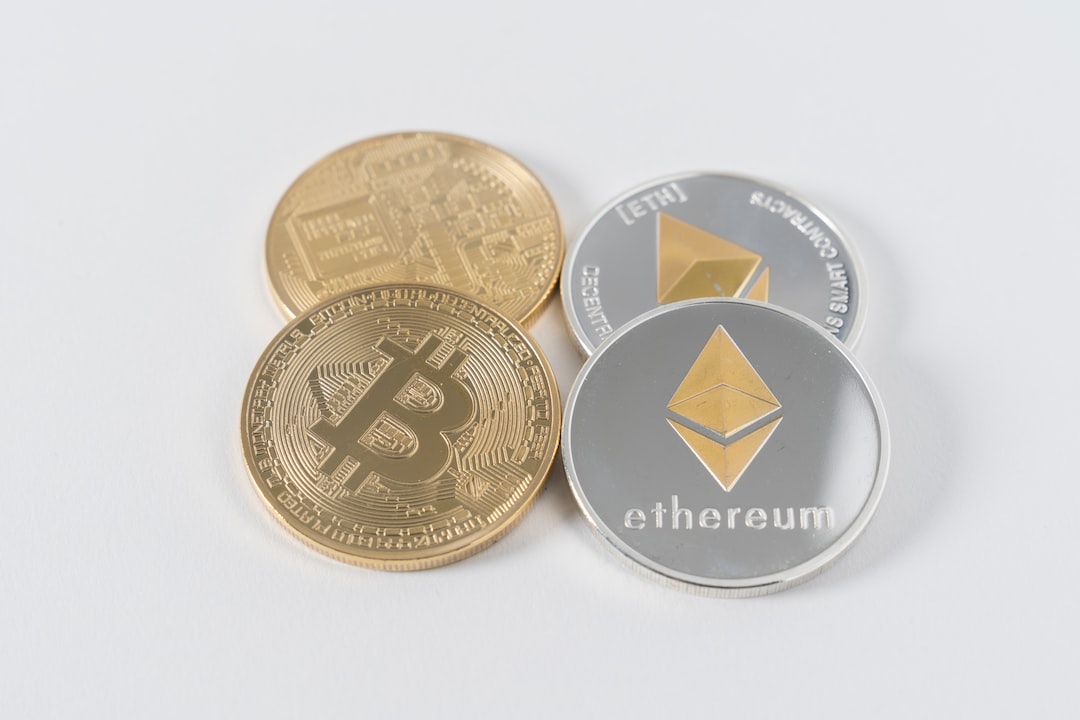In brief
Wrapped tokens are a solution to the problem of blockchain interoperability. They allow you to use cryptocurrencies like Bitcoin or Dogecoin on blockchains other than the ones they were originally built on. Wrapped tokens are backed 1:1 by their underlying asset, which is stored in a digital vault.
One way to understand blockchains is as separate distributed databases that can’t communicate easily with each other. This means you can’t use your Bitcoin directly on the Ethereum blockchain because only the Bitcoin blockchain “knows” that you hold Bitcoin.
Wrapped tokens were created as a solution to this problem. They enable the movement of assets between blockchains and their use across the crypto ecosystem.
What are wrapped tokens?
Wrapped tokens are assets that allow the value of a native asset from one blockchain to transfer to another blockchain. One example is Wrapped Bitcoin (WBTC), which is pegged 1:1 to the price of Bitcoin (BTC) and available as ERC-20 or TRC-20 tokens for use on the Ethereum and Tron blockchains. Wrapped tokens, like stablecoins, are pegged to the price of another asset, but what sets them apart is the technology behind them and how their value is backed and maintained.
How do wrapped tokens work?
Wrapped tokens are created and destroyed through a process called “minting” and “burning.” To mint a wrapped token like WBTC, BTC is sent to a custodian who stores it in a digital vault. Once locked away, an equivalent amount of WBTC can be minted. Burning works in reverse, with WBTC removed from circulation, releasing an equivalent amount of BTC back into circulation. This process ensures that wrapped tokens are backed by their underlying currency.
What’s so special about wrapped tokens?
Wrapped tokens offer interoperability between blockchains, allowing for easy asset movement and access to features and applications on different blockchains. However, bridges that enable wrapping tokens have faced security vulnerabilities and hacking risks. Despite these challenges, wrapped tokens like WBTC continue to increase in circulation, and solutions like bridge hubs are being developed to enhance efficiency.
Examples of wrapped tokens
- 🎁₿ WBTC: Wrapped Bitcoin for use on the Ethereum blockchain; operated by the WBTC DAO and started jointly by Kyber, Ren, and BitGo.
- 🎁Ξ WETH: Wrapped ETH, an ERC-20 version of Ethereum that can be used as an asset on DeFi protocols; created by projects run by 0x labs.
- 🐕 renDOGE: Wrapped version of Dogecoin that can be minted using the RenBridge on the RenVM protocol.
The future of wrapped tokens
Achieving interoperability between different blockchains remains a challenge for the industry. As more blockchains are created, the number of bridges needed to facilitate asset transfers increases exponentially. Solutions like bridge hubs are being developed to simplify and streamline bridging assets between blockchains. Bridges and wrapped tokens are expected to continue playing a central role in achieving blockchain interoperability in the foreseeable future.
Hot Take: The Importance of Wrapped Tokens in Achieving Blockchain Interoperability
Wrapped tokens have emerged as a crucial solution for achieving interoperability between different blockchains. By allowing assets to move seamlessly across blockchains, wrapped tokens enable users to leverage features and opportunities beyond their native blockchain. However, the security vulnerabilities associated with bridges pose risks to the ecosystem. Despite these challenges, wrapped tokens like WBTC continue to gain popularity, and efforts are underway to enhance efficiency through bridge hubs. As the number of blockchains increases, finding scalable solutions for interoperability will be vital for the crypto industry’s growth.
Demian Crypter emerges as a true luminary in the cosmos of crypto analysis, research, and editorial prowess. With the precision of a watchmaker, Demian navigates the intricate mechanics of digital currencies, resonating harmoniously with curious minds across the spectrum. His innate ability to decode the most complex enigmas within the crypto tapestry seamlessly intertwines with his editorial artistry, transforming complexity into an eloquent symphony of understanding.

